New Scientist covers the latest developments in science and technology that will impact your world. New Scientist employs and commissions the best writers in their fields from all over the world. Our editorial team provide cutting-edge news, award-winning features and reports, written in concise and clear language that puts discoveries and advances in the context of everyday life today and in the future.
Elsewhere on New Scientist
Welcome to the Ozempic era • What happens now that weight-loss drugs have gone mainstream?
New Scientist
Dolphins welcome astronauts home
Fossil may have been new type of life • Chemical analysis suggests the extinct organism Prototaxites was neither plant, animal nor fungus – raising the tantalising question of what else it might have been, finds James Woodford
Tutankhamun’s ancient Egyptian burial was one of a kind
Melting glaciers add risk to exploiting Arctic resources
Simulating the outdoors inside schools seems to slow myopia
A wobbly start to radio astronomy on the moon
Copying nature’s toolbox • Stone tools are considered the first form of technology devised by ancient humans – but they might not have been invented from scratch, finds Michael Marshall
AI can accurately forecast the weather in seconds
Greener chemical process is a boost for nuclear fusion
Not so bird-brained after all • Brain activity of budgerigars reveals the secrets behind their mimicry
Water can turn into a superacid that makes diamonds
Giant galaxy is surprisingly old • Its discovery could change our ideas of how galaxies formed and evolved
Monkeys prefer experienced babysitters
Analysis Health • Tattoos are being linked to some cancers. Are they really a risk? Having a tattoo has been associated with a higher incidence of conditions like lymphoma and skin cancer, but the situation isn’t clear-cut, finds Jasmin Fox-Skelly
Two-fingered dinosaur had massive claws
Weird meteorite may be relic of lost planet
Recounting the world population • A new way of estimating rural populations means there could be far more people on Earth than we think, finds Chris Stokel-Walker
Could this be a sign of life on Mars? • New evidence suggests that rock markings are most likely caused by ancient microbial activity
Microdosing LSD is not an effective ADHD treatment
Analysis Green tech • Will we soon be able to charge electric cars in minutes? Chinese automaker BYD has unveiled a speedy new charger, but not everyone will be able to use it, finds Jeremy Hsu
Quantum satellite sets globe-spanning distance record
(Urban) jungle explorers • By opening their eyes to distinctive but overlooked urban habitats, city dwellers can reconnect with nature, says Menno Schilthuizen
No planet B • Pee-cycling: the sequel From useful nutrients like nitrogen and phosphorus to cellulose and plastic-like materials, there is treasure to be mined in our sewage, says Graham Lawton
Hidden giants
Bridging the unbridgeable • From race and IQ to sex and gender, a book about human controversies sets out to show how our biology unites us, says Michael Le Page
Getting real about truth? • While an acute analysis of the many crises we face is welcome, its proposed solution may be just too hard, finds Graham Lawton
New Scientist recommends
The TV column • Extraordinary visions A naturalist finds a hallucinogenic mushroom with the power to cure all ailments in Common Side Effects. Big Pharma is hot on his trail in this beautifully animated show, says Bethan Ackerley
Your letters
Living in an Ozempic world
How they work
The global appetite • North America dominates sales of GLP-1 drugs...
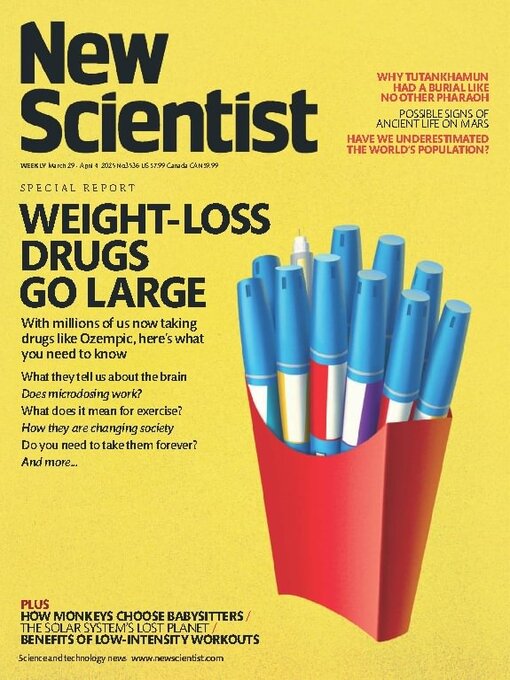
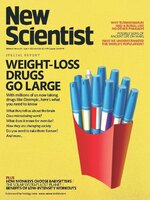 Mar 29 2025
Mar 29 2025
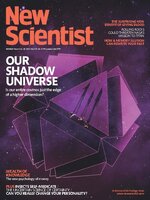 Mar 22 2025
Mar 22 2025
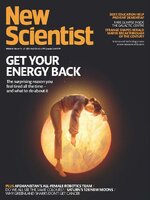 Mar 15 2025
Mar 15 2025
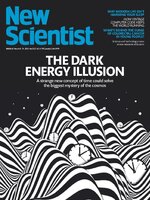 Mar 08 2025
Mar 08 2025
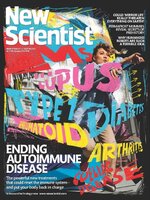 Mar 01 2025
Mar 01 2025
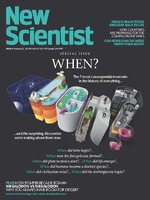 Feb 22 2025
Feb 22 2025
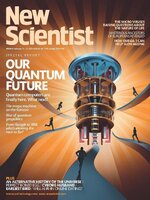 Feb 15 2025
Feb 15 2025
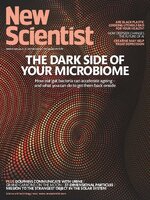 Feb 08 2025
Feb 08 2025
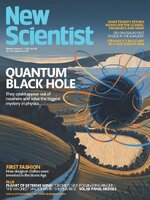 Feb 01 2025
Feb 01 2025
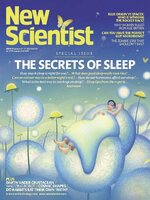 Jan 25 2025
Jan 25 2025
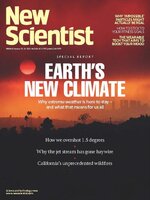 Jan 18 2025
Jan 18 2025
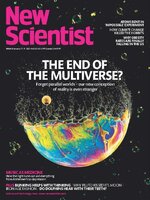 Jan 11 2025
Jan 11 2025
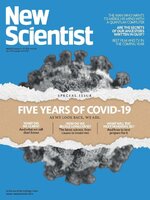 Jan 04 2025
Jan 04 2025
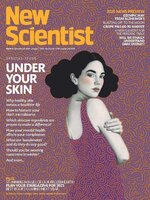 Dec 28 2024
Dec 28 2024
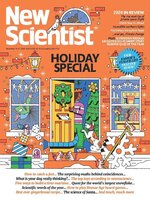 Dec 14 2024
Dec 14 2024
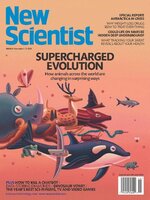 Dec 07 2024
Dec 07 2024
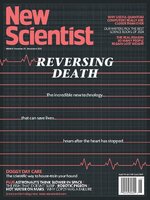 Nov 30 2024
Nov 30 2024
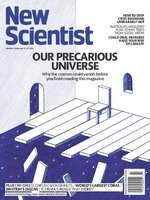 Nov 23 2024
Nov 23 2024
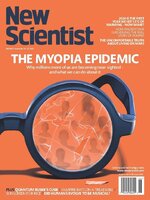 Nov 16 2024
Nov 16 2024
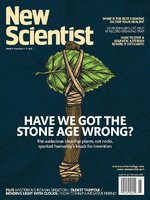 Nov 09 2024
Nov 09 2024
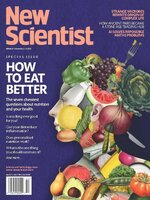 Nov 02 2024
Nov 02 2024
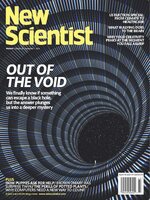 Oct 26 2024
Oct 26 2024
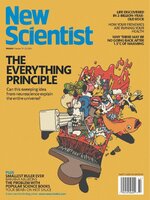 Oct 19 2024
Oct 19 2024
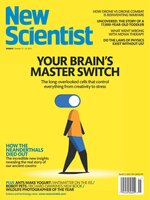 Oct 12 2024
Oct 12 2024